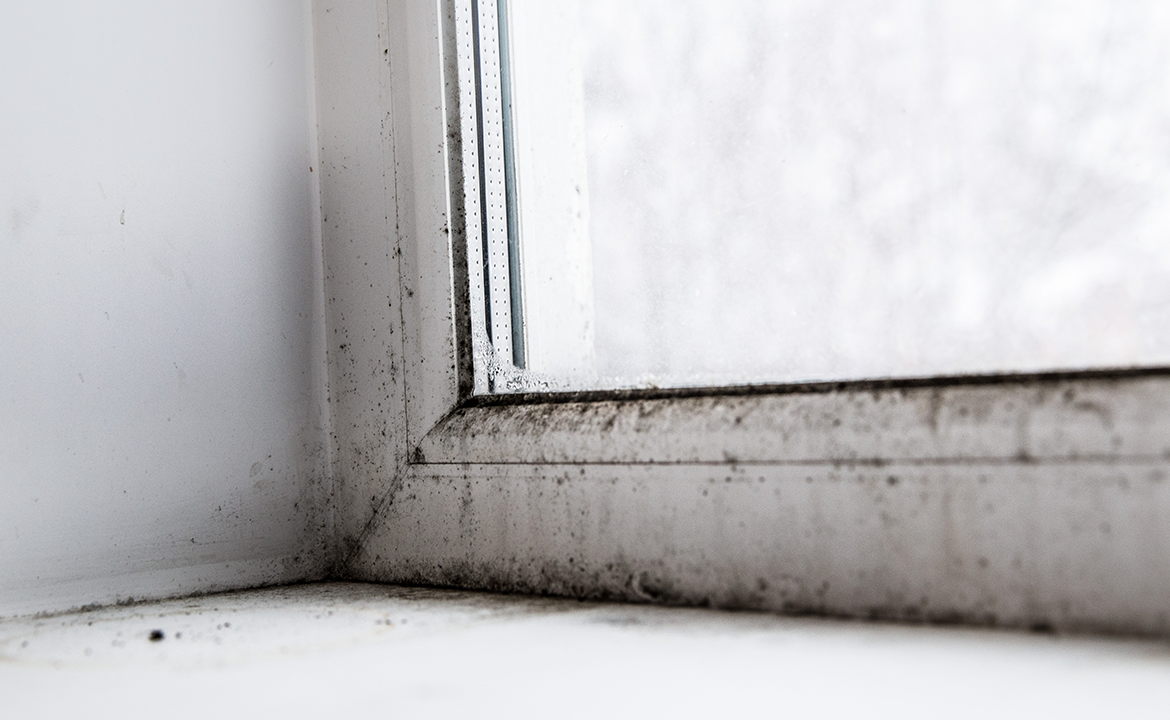Landlords Have A Legal Duty To Protect Tenant Against Mold
A landlord is responsible for a tenants injuries A landlord is under a legal duty to keep and maintain the tenant’s property in a safe condition – including damage to one’s property and health caused by flooding. The damage suffered from exposure to toxic mold can be costly in human suffering, and for the owner of the property, it can mean facing severe legal liability.
Toxic Mold and Symptoms
Mold is drawn to standing water and moisture and grows on tiles, carpeting, insulation, and wood. Molds can damage a building’s contents or structure, rendering it uninhabitable.
Worse still is the number of people every year exposed to toxic mold and the range of symptoms it presents, such as burning eyes, sinus irritation, respiratory irritation, depression, fatigue, dizziness, and digestive problems.
There are also severe and life-threatening conditions that can result from exposure to toxic molds, such as cancer, bleeding lungs, bladder and kidney failure, and neurological disorders.
How Toxic Mold Gains Interior Access
Many forms of toxic mold gain access to the interior of a building through openings in windows and doors. Flooding of the interior can occur, primarily if one resides in tropical gulf states such as Texas and Louisiana. However, it does not take hurricane winds or heavy rains for mold to spread. The causes of mold infestation can appear relatively benign.
From family pets to hats and coats
Mold can be brought into a dwelling by the family dog or cat – and can even attach to garments such as hats and coats. However, it is the builders and contractors who fail to adequately seal a structure from the entry of water that can be held legally responsible.
The list of possible liable parties can be many
Typically they include architects, builders, roofers, landlords, and even prior homeowners and tenants. This is why the city, county, and state building codes require that structures withstand certain levels of adverse weather conditions such as wind surges and storms.
Once toxic mold infiltrates a structure, it must find more moisture and a source of food. Moisture trapped within the building structure is usually the leading cause of decay, and it’s what keeps it spreading.
The increase in toxic mold-related illnesses and deaths has increased civil litigation throughout most of the fifty states. An entire new consumer rights area has emerged, making it much easier to find lawyers with deep experience in this area and a wide array of legal remedies to assist plaintiffs negatively affected by toxic mold.
Legal action against the property owner must show neglect
A legal action alleging negligence must establish that the owner of the property failed to use reasonable care in developing, constructing, or maintaining the property, such that toxic mold was allowed to spread through the structure resulting in illness, injury, and damages to the people who live or work there.
Intentional non-disclosure
Victims of toxic mold exposure may also be the victim of intentional nondisclosure on behalf of the seller, the real estate agent, the builder, the landlord, or the contractor. Any party with a legal duty to disclose dangerous conditions on a property before the sale or lease of that property, whether commercial or residential, can be held legally liable for the financial damage and health risks caused by such nondisclosure and possibly even punitive damages.
Prevention and clean-up of toxic mold
Cleaning up and preventing further recurrence of toxic mold can also be problematic and costly. Suppose the inspection and cleanup team is unable to see the mold visibly. In that case, they still must locate the mold-producing conditions, such as traces of water and leaks behind a wall or between ceilings, and these can be difficult and expensive to eradicate from the structure.

















